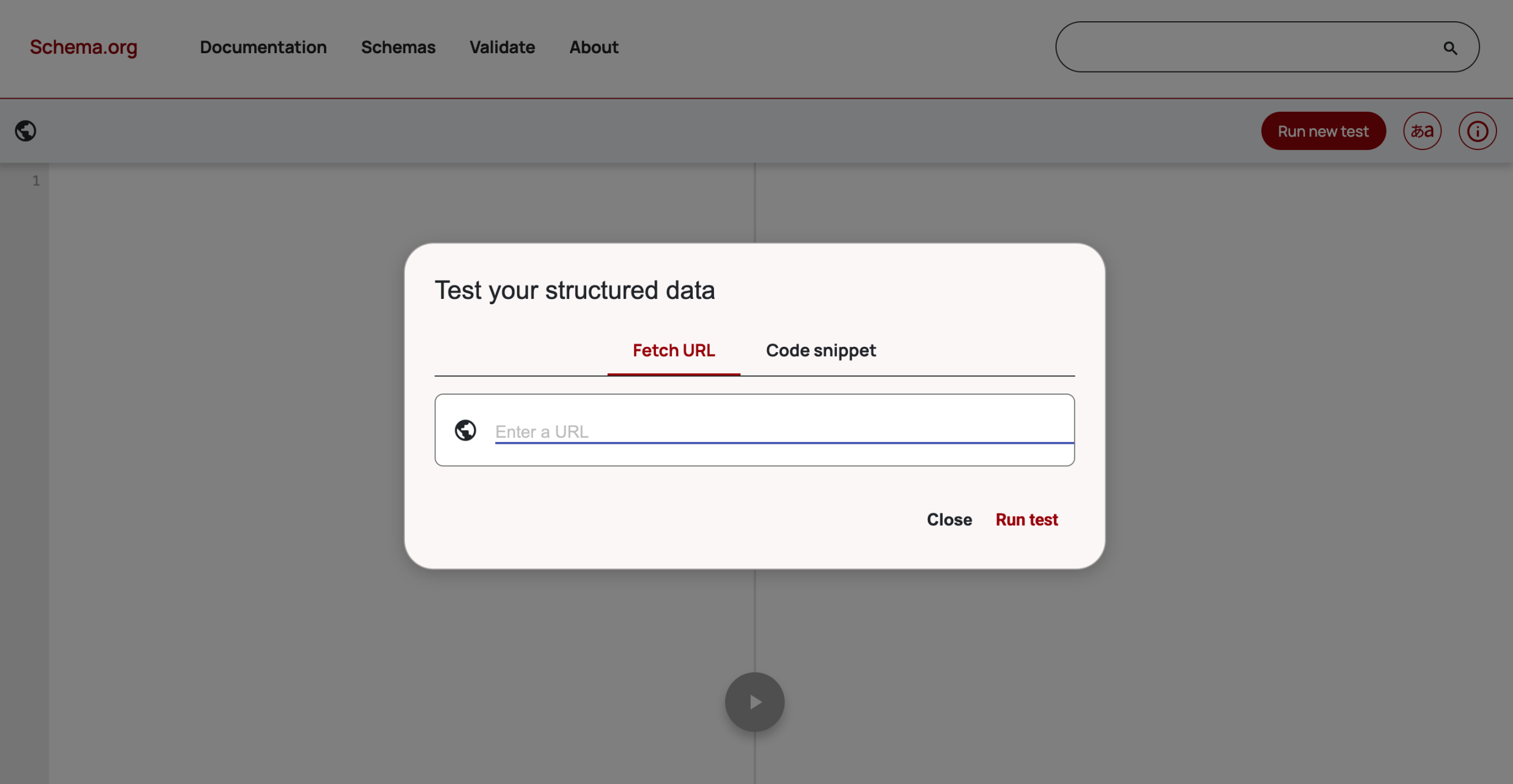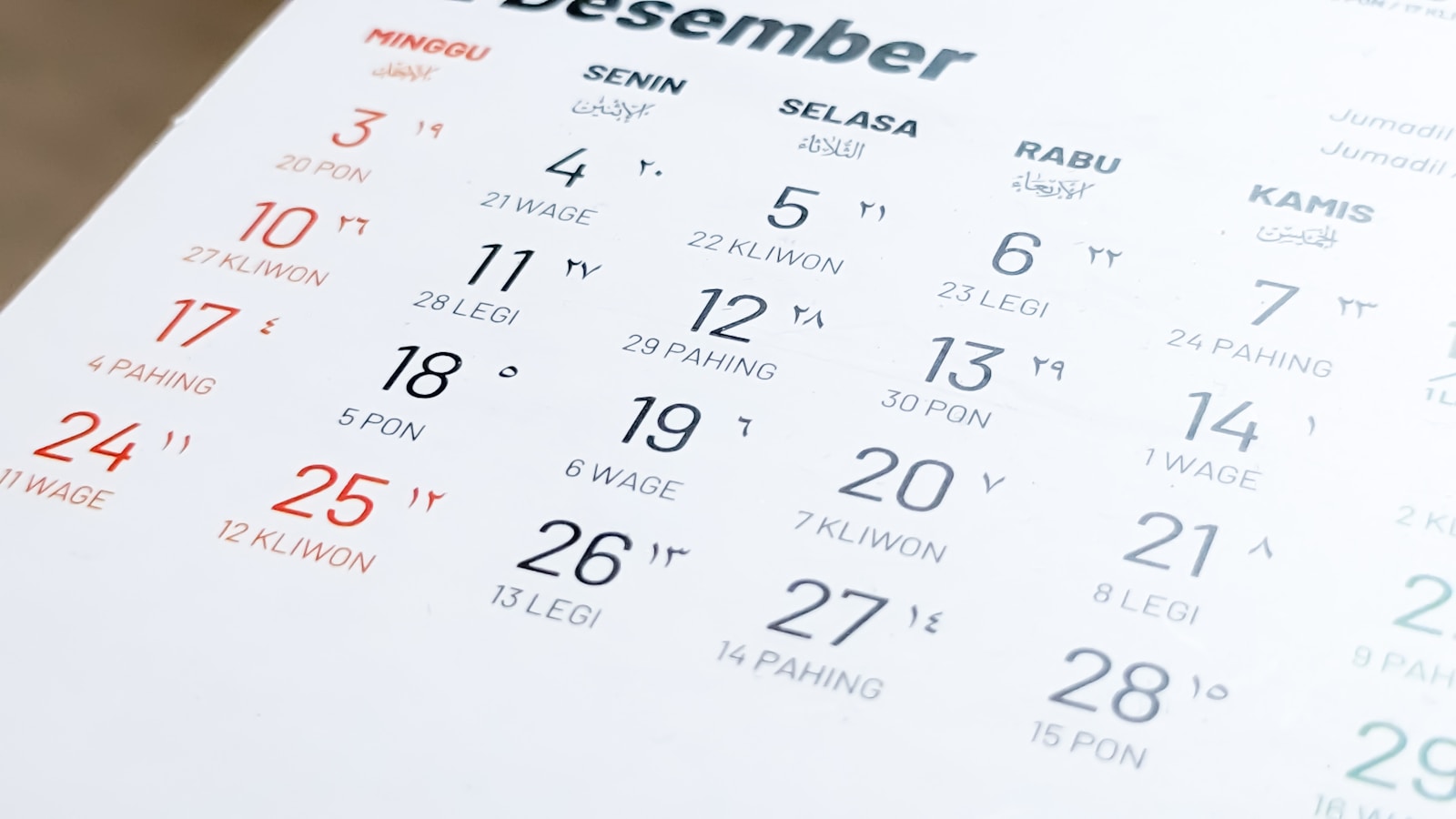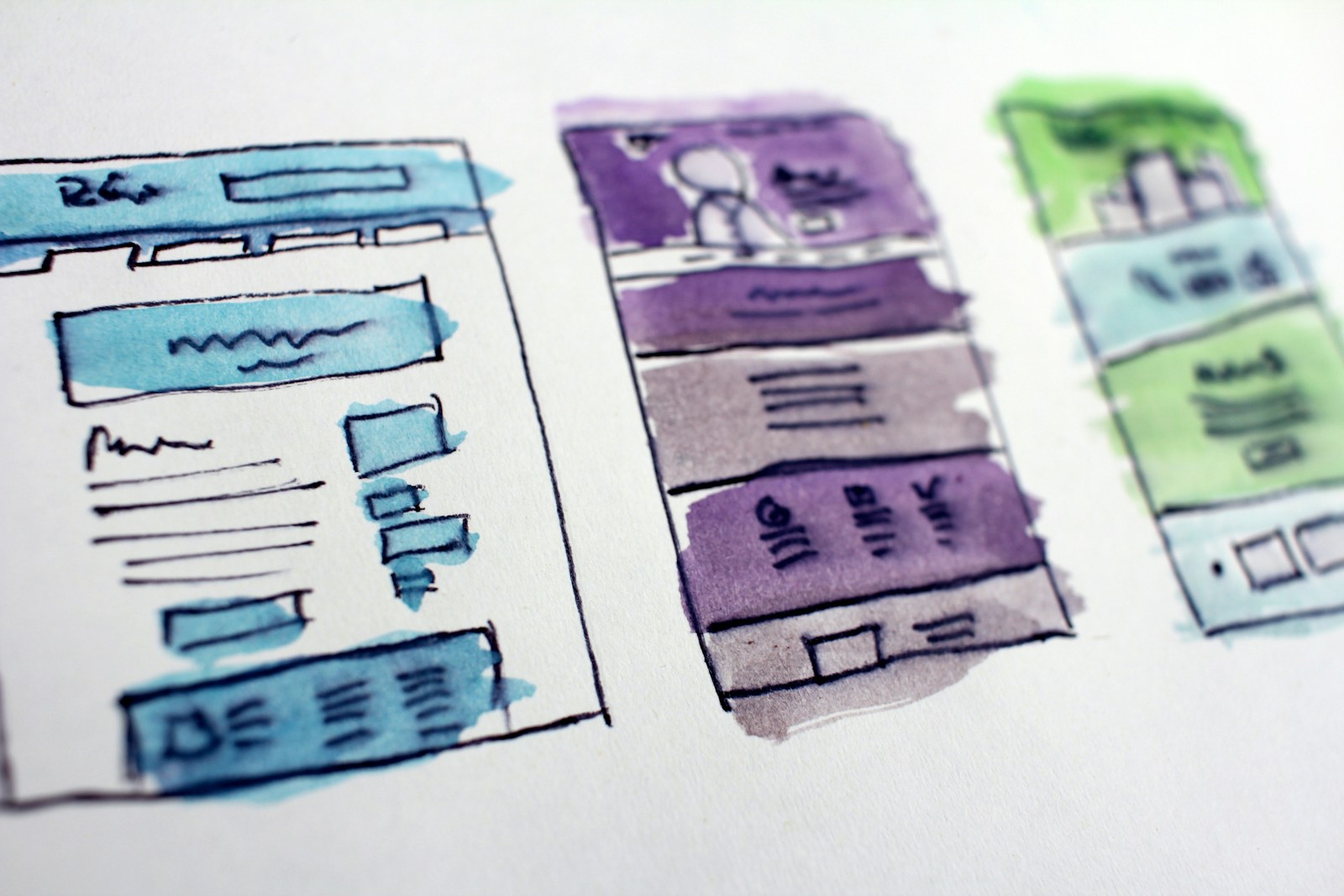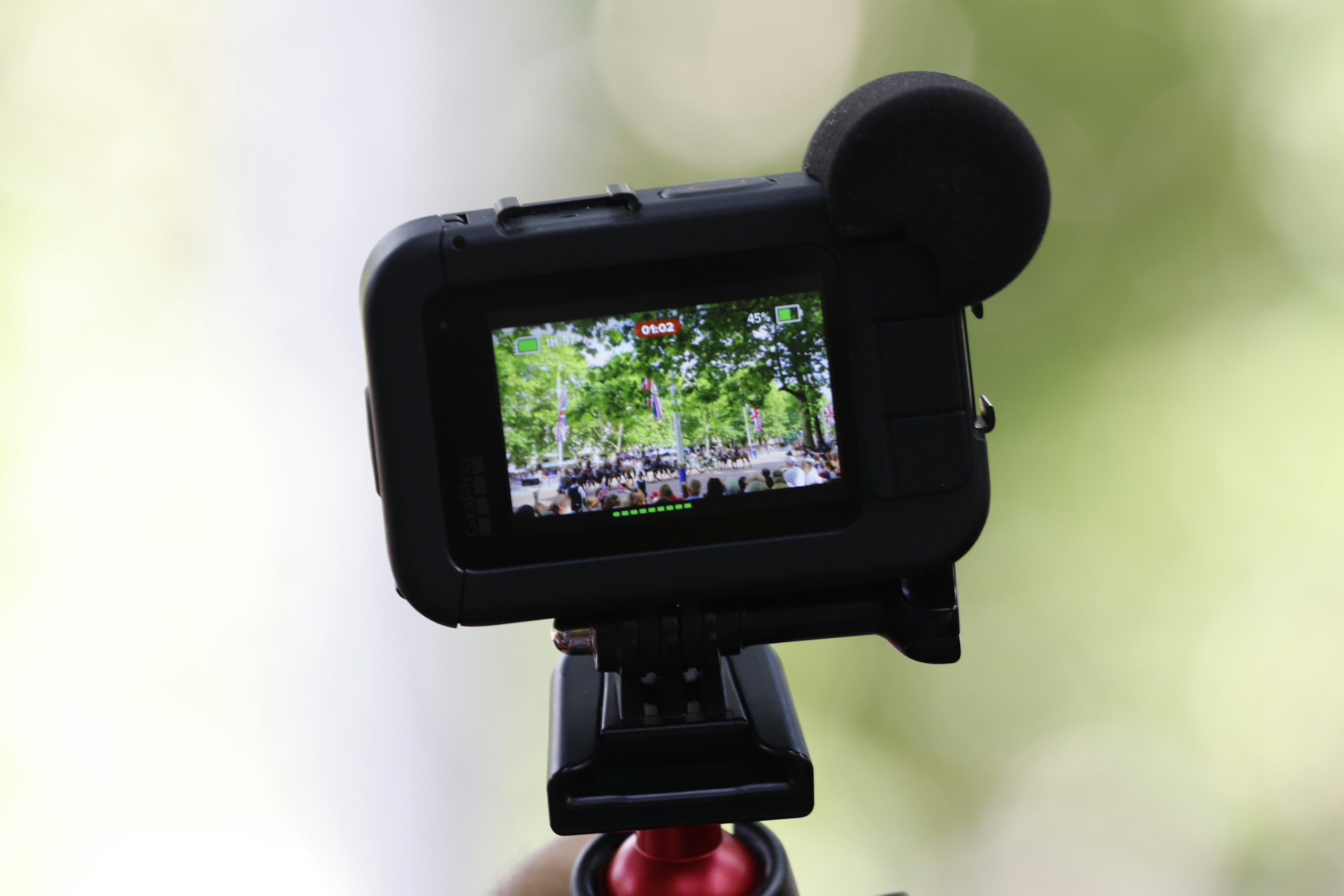Table of Contents
For most growth-stage businesses, paid advertising is the adrenaline shot—and email marketing is the oxygen tank. While paid ads can spike traffic and generate demand, email is where profit, retention, and long-term growth are truly built.
In this blog, we’ll explore the unique (and often underrated) role email plays in building a revenue architecture that outlasts the ups and downs of ad spend. If you’re investing $2,500–$4,500/month or more in marketing, this comparison isn’t optional—it’s foundational.
Paid Ads vs. Email: Different Roles, Same Funnel
Let’s be clear: we’re not here to pit email marketing against paid ads. In a high-performance growth stack, both are essential. But they play distinct roles—and understanding them is the key to building a sustainable revenue engine.
Paid Ads: Demand Generation
Google, Meta, and programmatic ads are phenomenal at generating immediate interest and traffic. They help you:
Reach cold audiences
Launch offers quickly
Test creative at scale
But they’re rented attention. Once you stop paying, the traffic stops flowing.
Email Marketing: Demand Capture & Retention
Email takes over where ads leave off. Once a user is on your list, email nurtures, educates, converts, and retains them—without additional acquisition costs.
Why Email Marketing Dominates in ROI
According to most recent studies, email marketing delivers an average ROI of $36–$42 for every $1 spent. But for high-value businesses with robust strategies, that ROI can be much higher.
Here’s why:
1. You Own the Audience
Your email list is a business asset. Algorithms change. Ad costs rise. But your list? That’s yours—and it compounds over time.
2. Hyper-Personalization Is Easier
Modern platforms like Klaviyo, ActiveCampaign, and TruDriveSync allow you to personalize based on behavior, preferences, and purchase history—far beyond what’s possible with most ad platforms.
3. Email Drives Repeat Sales
Email is the backbone of LTV. With automated post-purchase, cross-sell, and re-engagement flows, brands increase average order value and repeat purchase rates without spending another dollar on acquisition.
What Paid Ads Can’t Do (That Email Can)
Here’s a list of functions your paid ads can’t deliver—but email can do better, cheaper, and continuously:
Nurture long sales cycles (especially in B2B, SaaS, or high-ticket)
Educate leads with case studies, blog content, or product demos
Reactivate dormant customers
Build brand affinity with story-driven sequences
Facilitate upsells and subscriptions
Email is also less volatile than ad auctions. While ad platforms fluctuate with competition and seasonality, a well-optimized email sequence performs consistently year-round.
The Hybrid Model: Paid Ads Feed the List, Email Drives the Revenue
Here’s the winning formula:
Use paid ads to drive traffic to lead magnets, gated content, or quizzes
Capture emails via value-driven offers, not just “subscribe now”
Nurture with email flows that guide new subscribers toward purchase
Retain with post-purchase automation
Re-market with retargeting ads using email data
This hybrid model lowers CAC, increases LTV, and builds resilience across channels.
Key Email Sequences That Drive Revenue
If your business is past $1M in revenue, you shouldn’t just “send emails”—you should run a revenue email system.
1. Welcome Series with Segmentation
Welcome flows should segment new subscribers from the start: by interest, source, or offer claimed. This sets the tone for deeper personalization down the line.
2. Abandonment Series
From product pages to checkout, abandonment flows recover otherwise-lost revenue with smart reminders, social proof, and urgency-driven offers.
3. Upsell & Cross-Sell Flows
Showcase complementary products or services. Brands that do this well drive 20–30% more revenue per customer.
4. Re-Engagement Flows
Inactive subscribers aren’t always lost—they just need the right message. These flows also help keep your sender score clean and performance high.
FAQ: Email Marketing vs. Paid Advertising
Is email marketing only useful after a customer signs up or buys?
What’s a good open/click rate?
What’s the best email platform for growth-stage brands?
Is email marketing dead because of social media or SMS?
Final Thoughts
Paid ads get the attention. Email gets the action.
The best brands don’t choose one over the other—they integrate both. But if your paid ads are outperforming your email marketing in revenue contribution, it’s time to rethink the balance.
Want to build a system that turns ad clicks into long-term customers, automatically? Start with email.






